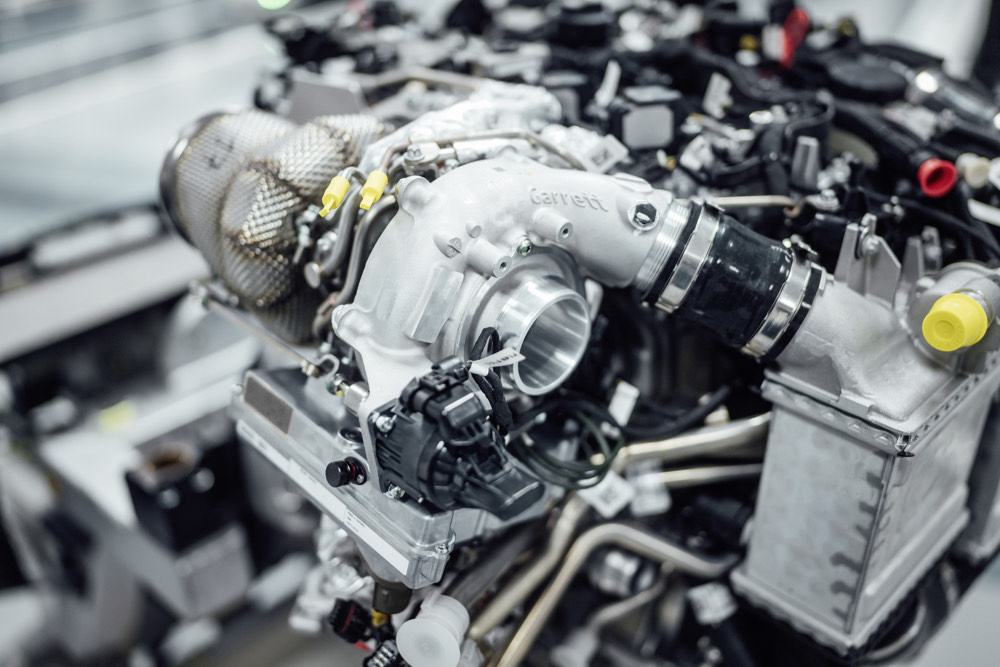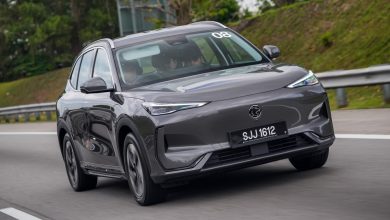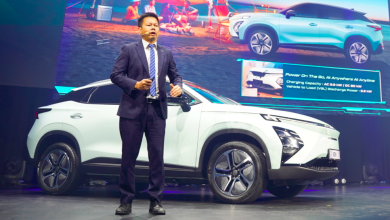Formula One technology in Mercedes Benz AMG cars

Here comes news that Mercedes-Benz wants to deliver F1 technology to road cars. Of course this is actually not new news. AMG have been doing just that for some years now but there is electrification included. Hybrid power to be exact.
To this we ask the questions. How reliable will it be after the manufacturers warranty is over and how much spare parts cost after the warranty is over? Until these questions are answered, we share the information provided by the press department.

PRESS RELEASE: The future of Mercedes-AMG is turning electric. In order to ensure a combination of high efficiency and improved driving dynamics, developers at Affalterbach are working on innovative technologies to take performance to a new level.
One of those developments is the electric exhaust gas turbocharger, which will be deployed on the next Mercedes-AMG vehicle generation and features technology developed on the track in Formula One. It’s already in the final development stages and in the future will be used in a series production model from Affalterbach.
Developed in partnership with Garrett Motion, the technology comes straight from Formula One, resolving the conflict between having a smaller turbocharger that reacts faster but achieves relatively low peak performance, and a larger turbocharger with higher peak performance that suffers from turbo lag.
The new innovation benefits from knowledge and technology developed with the Energy Recovery System in the Mercedes Formula One Power Unit and in particular, the Motor Generator Unit – Heat (MGU-H).

The highlight of the new electric exhaust gas turbocharger is a slim electric motor integrated onto the charger shaft, between the turbine wheel on the exhaust side and the compressor wheel on the fresh air side.
The electronically-controlled electric motor drives the compressor wheel before it accepts the exhaust gas flow. The electrification of the turbocharger significantly improves immediate response from idle speed and across the entire engine speed range, while also eliminating turbo lag.
Therefore, the combustion engine responds faster to accelerator pedal input and provides a more dynamic driving feel. It also enables higher torque at low engine speeds, which enhances agility and acceleration from a standstill.
“We have clearly defined our goals for an electrified future,” said Tobias Moers, Chairman of the Board of Management of Mercedes-AMG GmbH. “In order to reach them, we are relying on discrete and highly innovative components as well as assemblies.
“With this move we are strategically supplementing our modular technology and tailoring it to our performance requirements. In a first step this includes the electrified turbocharger – an example of the transfer of Formula One technology to the road, something with which we will take turbocharged combustion engines to a previously unattainable level of agility.”




